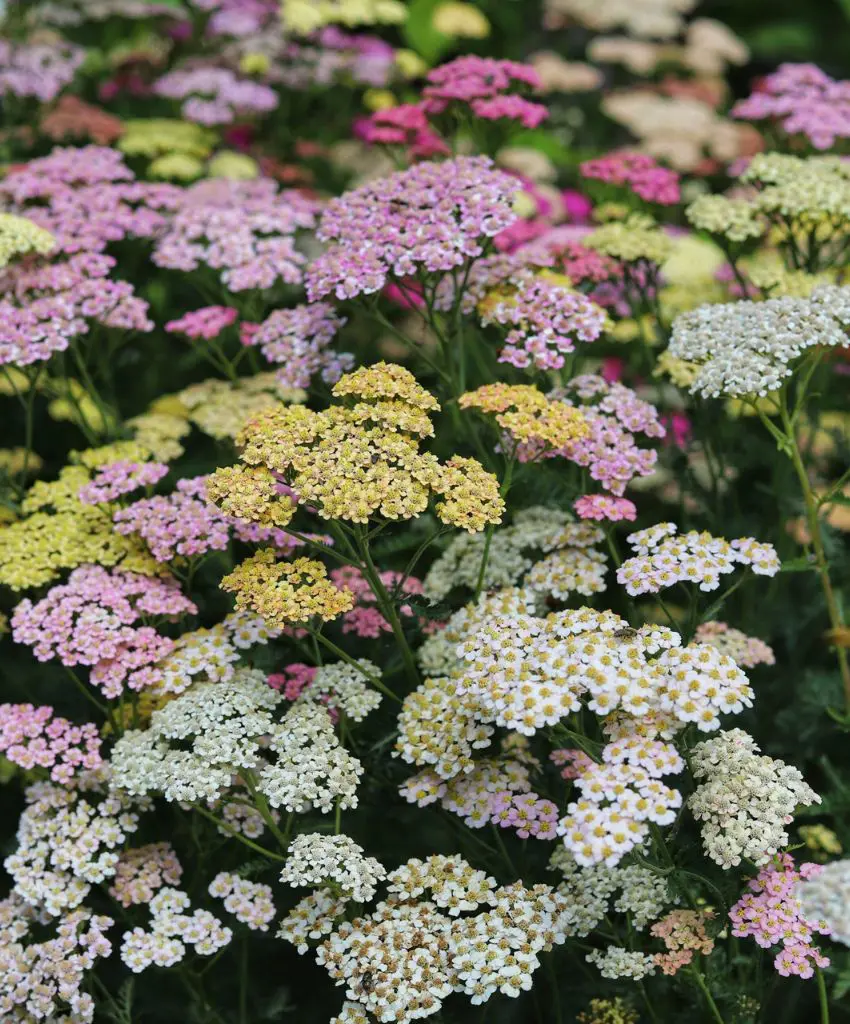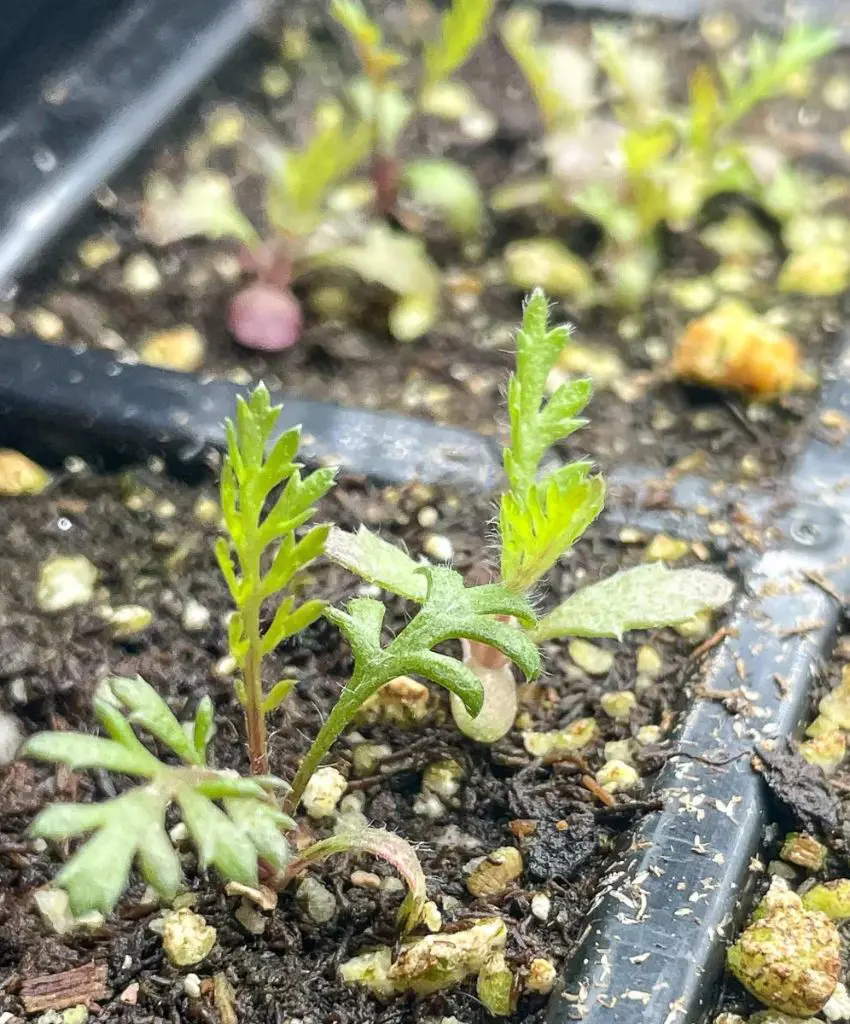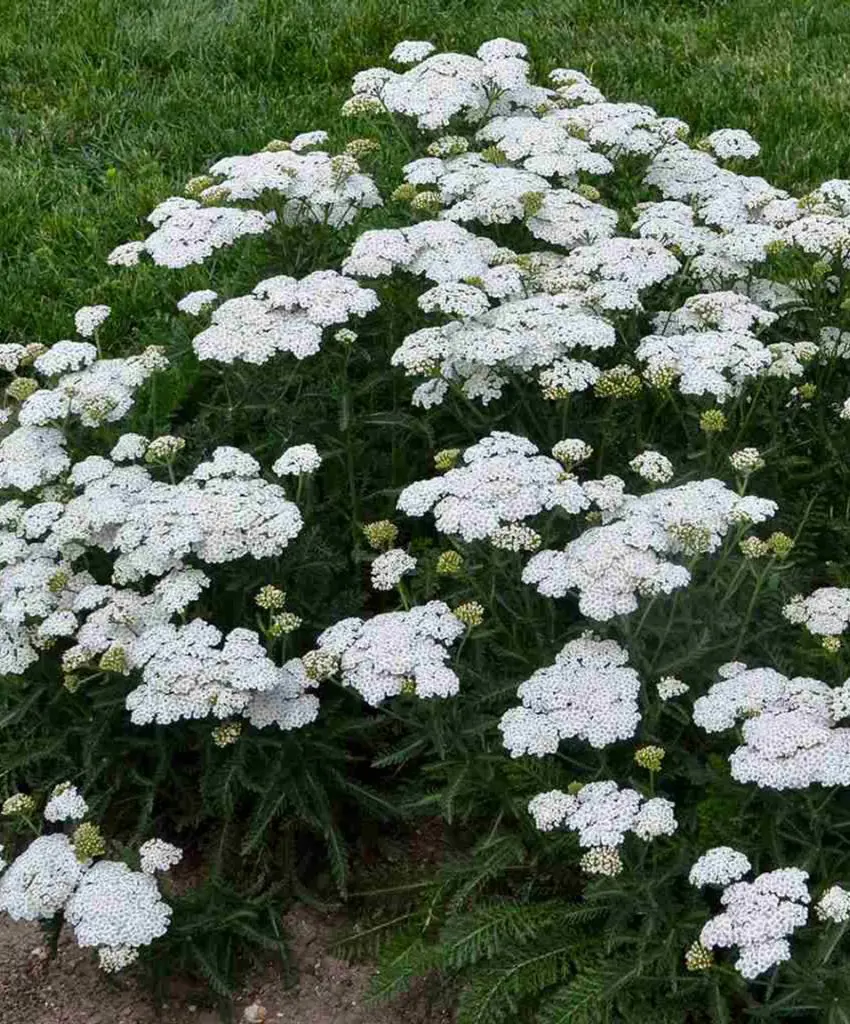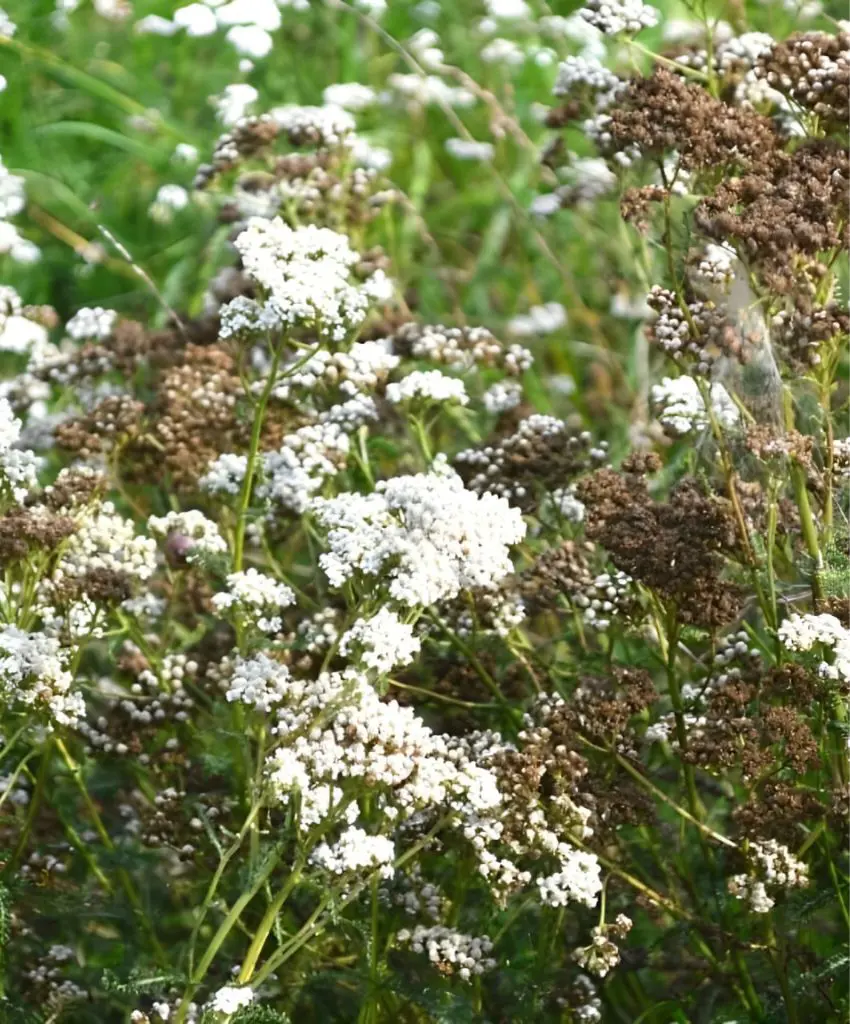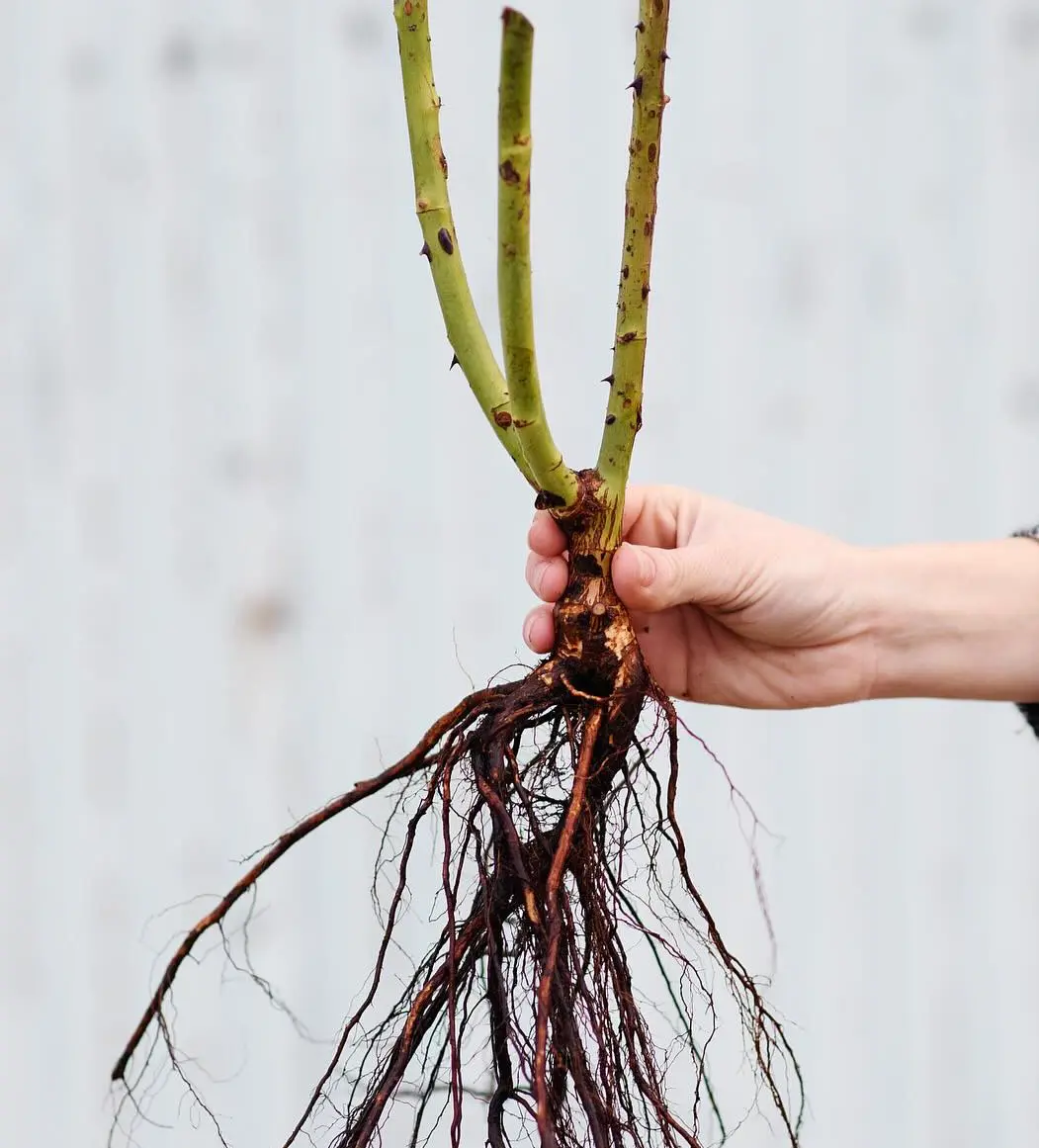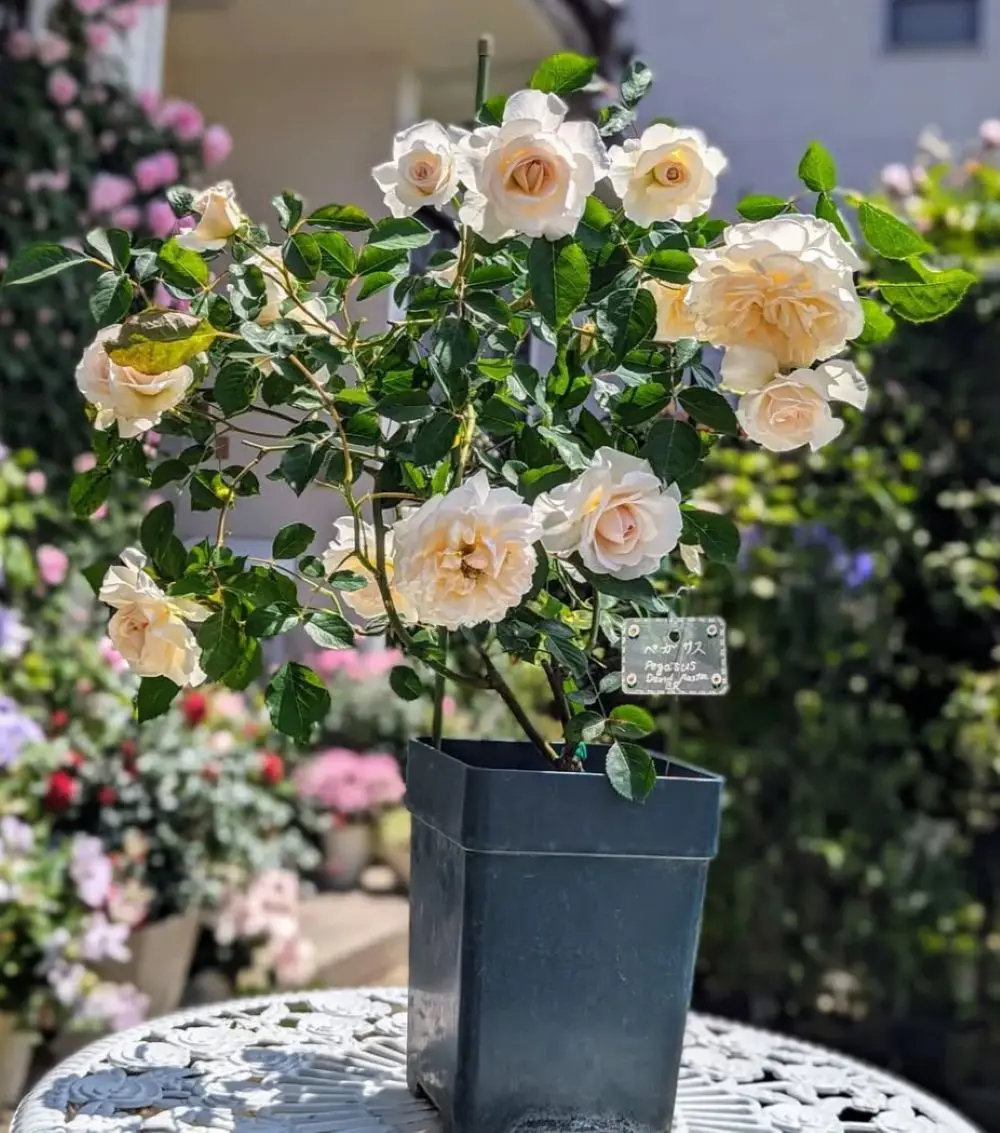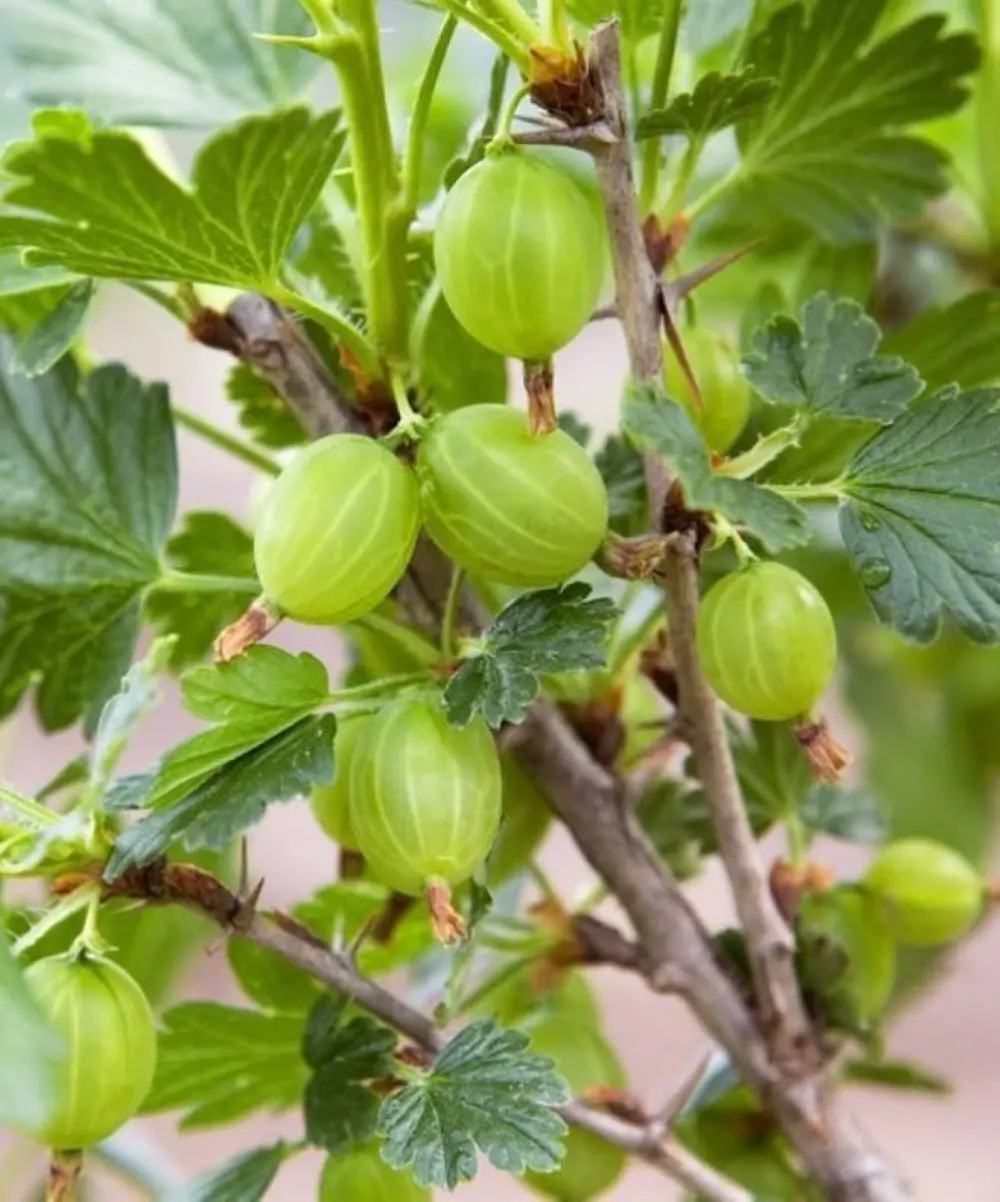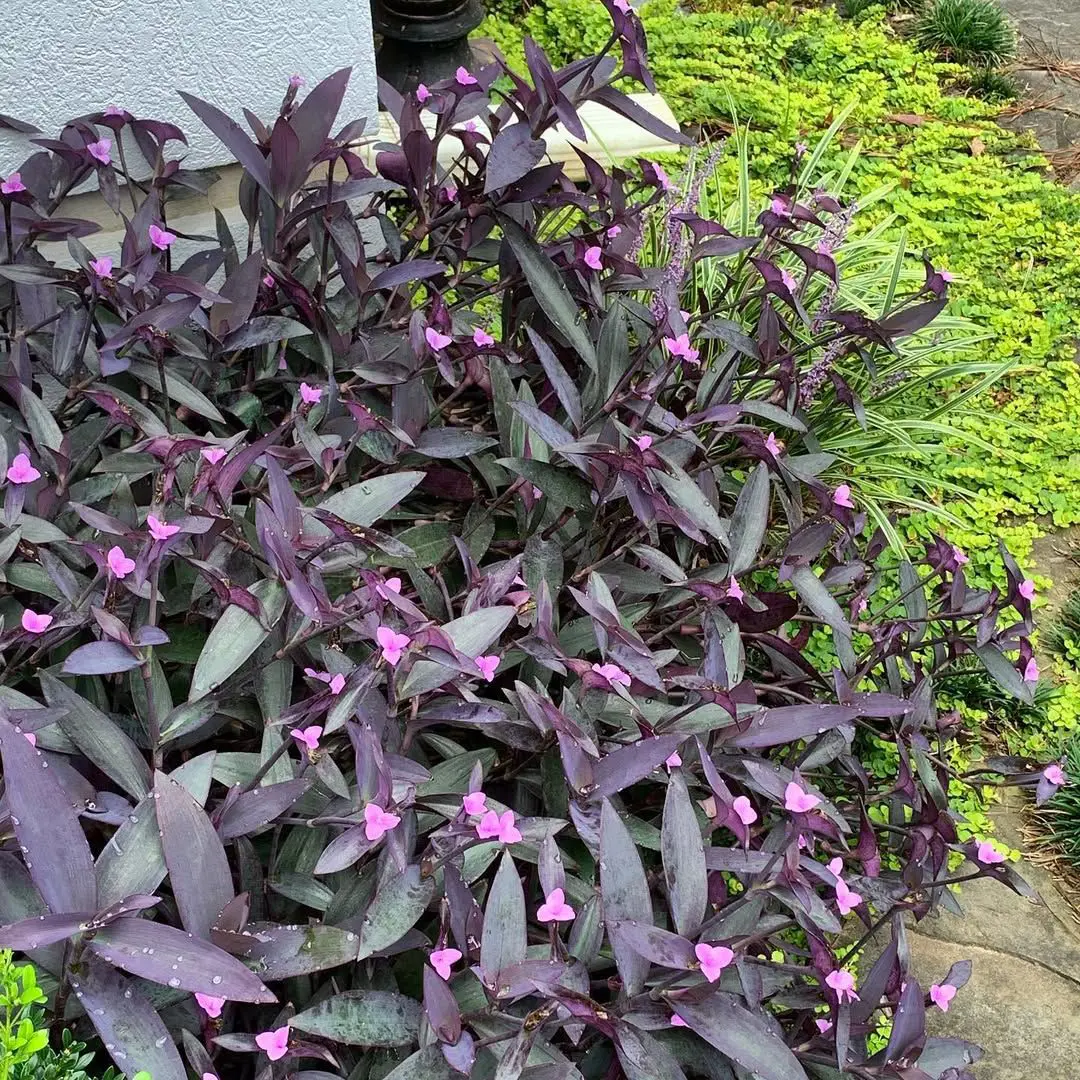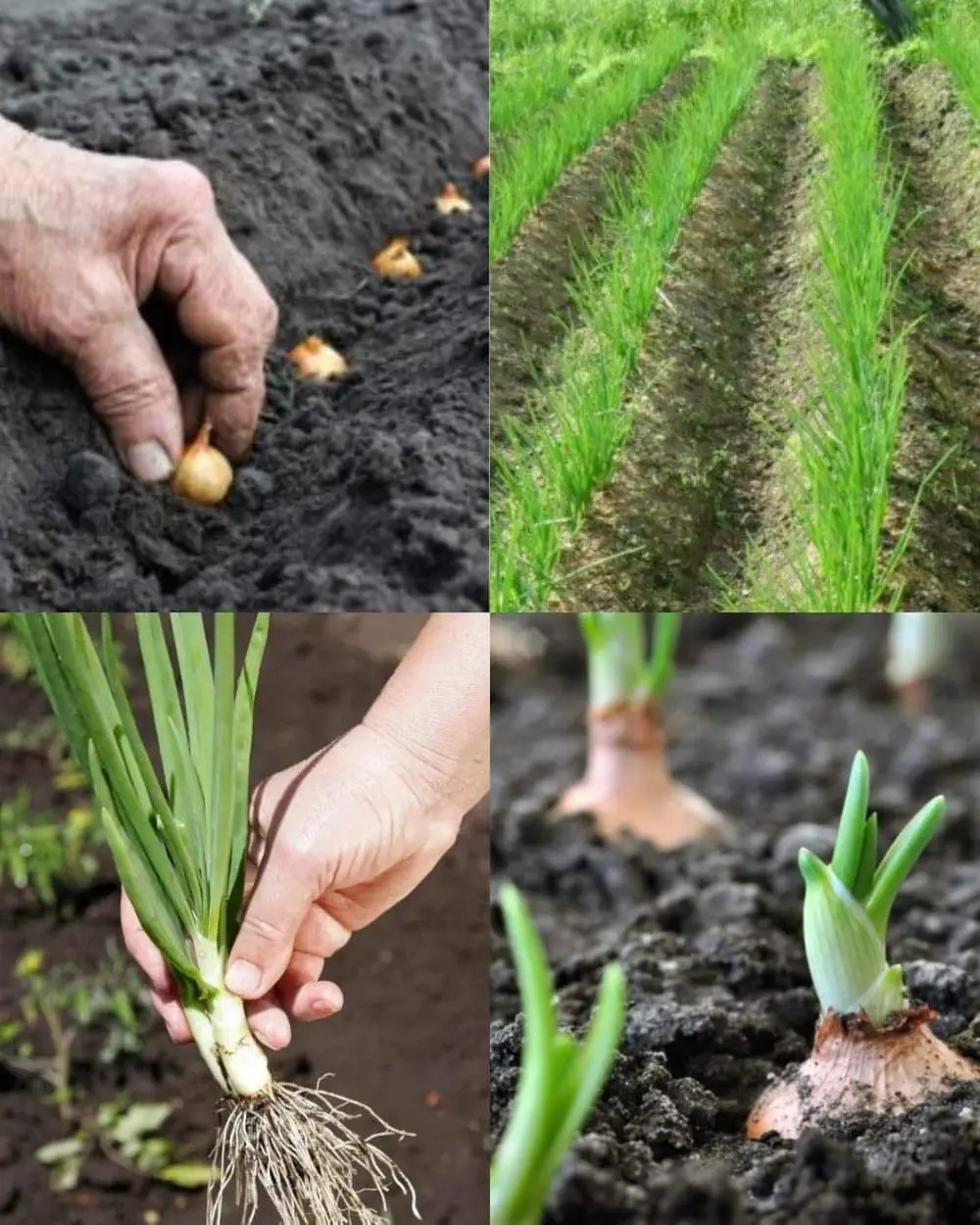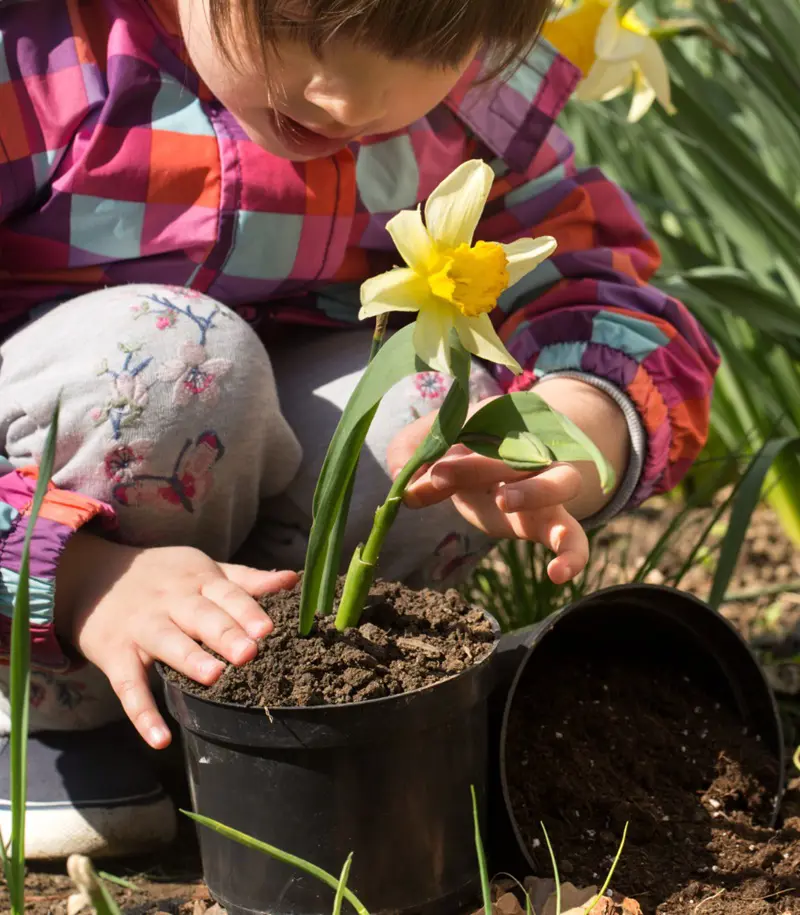Where To Plant Yarrow?
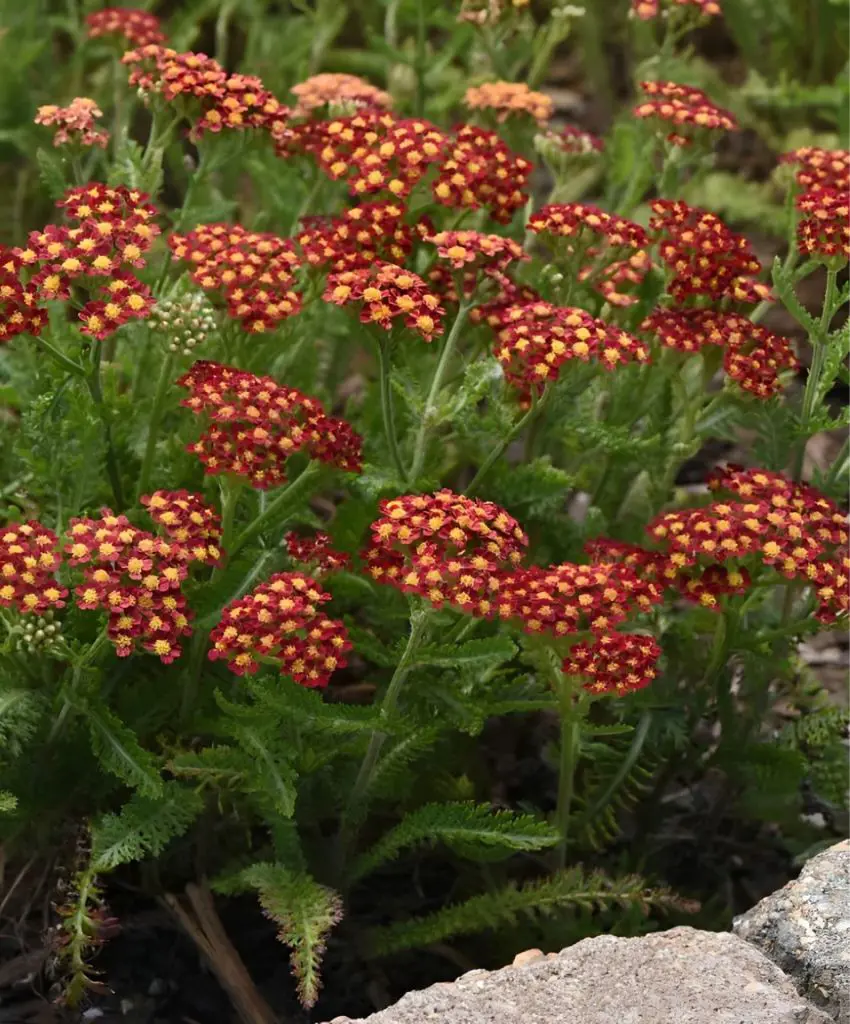
Yarrow can grow in different gardens, and it is healthy in different positions, but it thrives when it has conditions that favor its growth and the time it blooms. Selection of a place to grow yarrow involves the following factors if the plant is to have a healthy and long life.
Sunlight
Yarrow prefers a warm position and needs full sun exposure, ideally at least 6-8 hours of direct sunlight. It is moderately shade tolerant meaning it prefers areas that are partially shaded but with direct sunlight the plant enjoys vigorous growth and produces more blooms.
If you are to plant a yarrow, it is best to place it in an area where it receives direct sunlight as this will result in a sturdier and well-branched plant in addition to more vivid colored blooms.
Soil
Yarrow prefers good drainage and it has the ability to tolerate long-standing water, and any type of soil, including sand, stones, or clayey soil. It is essential not to use very rich soil or soil that is constantly moist since this will result in the plants growing tall and thin and also the disease of root rot may occur.
If your soil type is heavy/clay soil then this can slow the drainage down so it is recommended to mix sand or gravel into the existing soil or to grow the yarrow in a raised bed or in containers.
Climate
Yarrow grows best in zones 3-9 of the USDA, which makes it ideal for use in most regions of the country. It can survive both cold winters and warm dry summers that characterize the suitable climate for its growth. This drought-tolerant plant can be used in xeriscaping and other water-conserving gardens, especially in regions with a dry climate.
But in regions with very high moisture and rainy climates, yarrow becomes vulnerable to fungal diseases so proper space and airflow should be provided.
Garden Placement
The mobility of the plant makes it possible to incorporate the Yarrow in any given garden style. It is applicable in wild plant meadows, cottage gardens, and perennial borders. It can also be grown in rock gardens and along drives, as it is xerophytic, requiring little watering and low on ground cover.
Further, yarrow appeals insects that are beneficial, it is used as a companion plant in gardening, by enhancing pollination and controlling pests in vegetable gardens. In this way, make sure that yarrow will grow properly in the chosen site, and bring only advantages to the garden.
